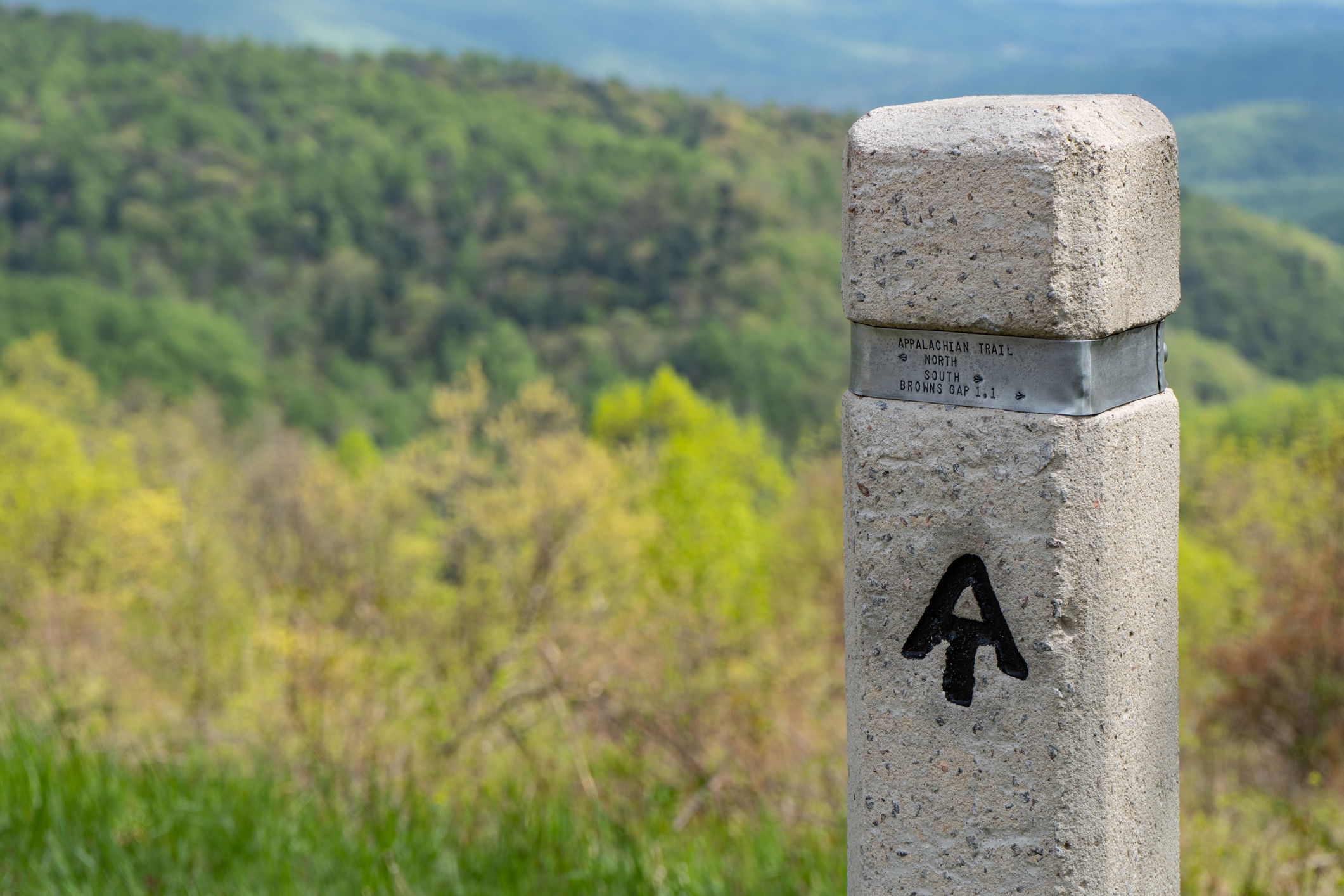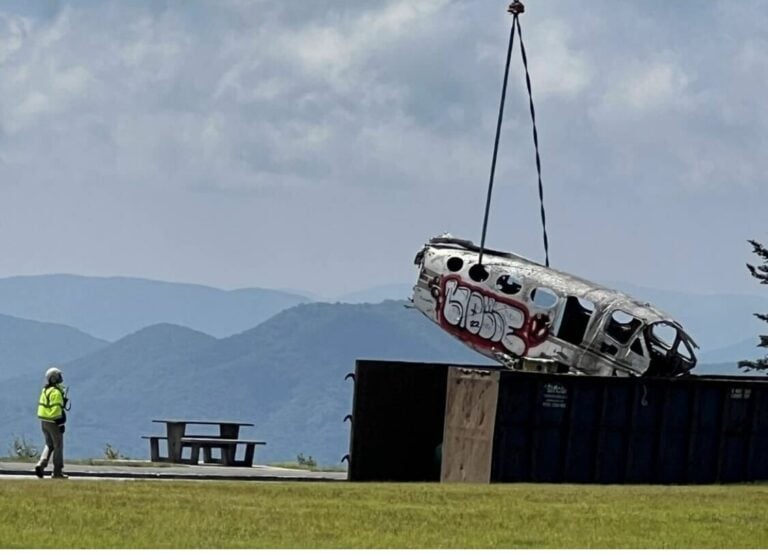Shenandoah National Park, USA – Photo by A Smith from Getty Images
In a landmark ruling Monday, the U.S. Supreme Court said Dominion Energy’s Atlantic Coast Pipeline can cross the Appalachian Trail.
The country’s highest court was asked to decide whether the Mineral Leasing Act, which allows for the leasing of public lands for energy projects, applies to lands in the National Park System, and whether the trail is considered land within the system.
The case, titled United States Forest Service et. al. vs. Cowpasture River Preservation Association, reached the Supreme Court after a unanimous 4th U.S. District Court of Appeals ruled that the U.S. Forest Service did not have the authority to permit construction across the Appalachian Trail, which is managed by the National Park Service.
Monday’s 7-2 ruling overturned the lower court’s decision, stating that the National Park Service controls just an easement to the Appalachian Trail and does not have the authority to block the pipeline.
Justices Sonia Sotomayor and Elena Kagan were the dissenting votes, arguing that the National Trails System Act gives the Park Service authority to manage the trail’s surface and the ground below it.
In a statement, President and CEO of the National Parks Conservation Association, Theresa Pierno, expressed disappointment at the ruling. “Dominion Energy is on the verge of building a pipeline underneath the Appalachian National Scenic Trail, and today’s Supreme Court ruling only makes it easier for them,” she said. “This ruling flies in the face of underlying federal laws intended to protect parks from this exact kind of threat. Federal agencies are prohibited by law from granting pipeline crossing across lands in the National Park System.”
The Appalachian Trail Conservancy said in a statement that the ruling is understood to keep in place the Cooperative Management System that trail volunteers, professionals, and agency partners have collaborated under for decades. “It is through this Cooperative Management System that we ensure the Trail has the resources and expertise required to protect the A.T. forever and for all to enjoy,” the organization said.








